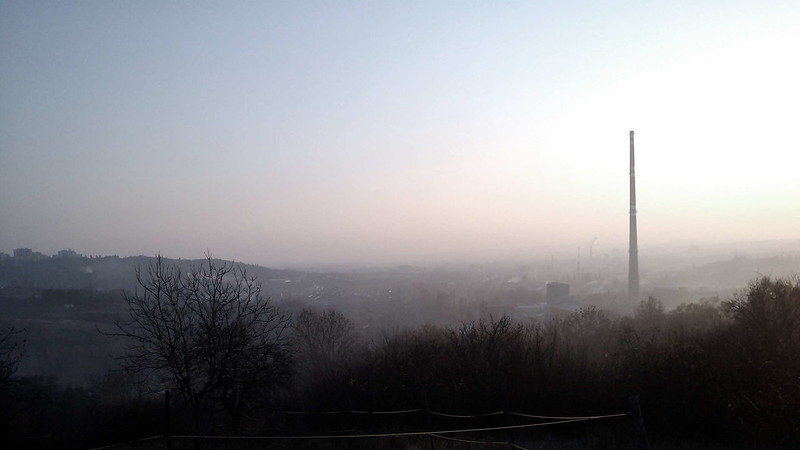The growth of cities is a cause for air pollution concerns – but raising awareness about something invisible is a challenge. Hawa Dawa might just change that.
With low-emission transport and 100 per cent renewables still only a dream in our cities, air pollution – including tiny particulate matter, nitrogen, and ozone – are all a real and hazardous problem. It’s bad for us, our pets, urban wildlife, and it’s bad for the environment.
In Germany, a host of ministries and institutes continue their work to improve the air quality, particularly in cities. The first step is monitoring and identification of high levels of air-pollution and the types of pollution found. Air quality monitoring stations were distributed throughout Germany to assess the air at various locations. Emerging startups, such as Pocket Lab or Pigeon Air Patrol Plume Labs, have dedicated themselves to the issue of air quality improvement, and show encouraging signs.
The monitoring stations provide some information, but the data is not yet comprehensive enough. At times, the quality of the air significantly differs from adjacent streets and blocks, often raising more questions than answers.
Munich startup Hawa Dawa has set itself the goal of closing this data gap, utilising artificial intelligence and the Internet of Things in an innovative package.
Hawa Dawa – how does it work?
Karim Tarraf, the founder of Hawa Dawa, has particular interest in this area, growing up in Cairo and seeing first-hand the the consequences of bad air for people and the environment from his homeland. The project was first established during the 2016 hackathon THINK.MAKE.START, where a team of five students first developed a prototype mobile measuring device to measure the air quality in various parts of a city – much like the idea of Pocket Lab.
The result is what the project team calls “Hawa Dawa”, which means “air medicine” or “air purity” in common languages such as Persian, Arabic or Swahili. Since that humble hackathon beginning, Hawa Dawa has won a significant number of incubator programs and innovation awards, with the project rapidly evolving.
Data from the device has shown that for meaningful results to be generated for air quality alone, other factors, such as traffic and weather, need to be taken into account when assessing air data. The mobile measuring device is in constant development and is connected via IoT with Hawa Dawa software, which also compares real-time weather and traffic data. The software, which uses artificial intelligence, is constantly learning from the compilation of data, allowing it to make predictions and simulate data for areas where sensors are not installed.
The device is available for anyone to purchase, along with industry and government, with the data collated into a nationwide air quality map available to anyone to see real-time pollution. And all from a relatively inexpensive device.
Why is it important?
With the help of accurate and validated data, it’s then possible to ascertain in which areas the air is particularly polluted and why.
This leads to decisions that can improve air quality in both the short and long term: such as reducing traffic flow in certain zones, or requiring local industry to install additional filters or alter some patterns of work. In the longer-term, infrastructure can be adapted based on the data and targerts.
Innovative ideas such as the construction of a smog-eating CityTree can also make sense.
And it’s useful for studying climate and reducing harm too – as substances such as methane, ozone, soot or nitrogen oxides are highly damaging greenhouse gases, albeit with shorter atmospheric lifetimes than CO2. A reduction of pollutants is therefore not just healthier, but also an effective and direct measure to protect the climate.
CTO Jannai Flaschberger explains more about the project in this video:









